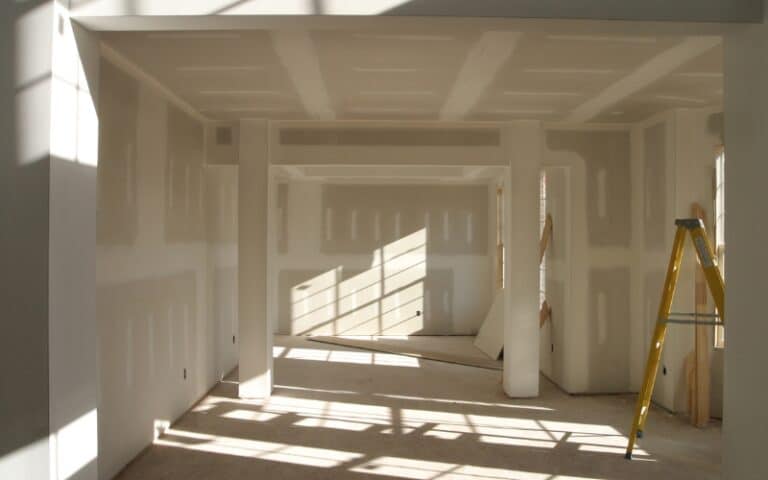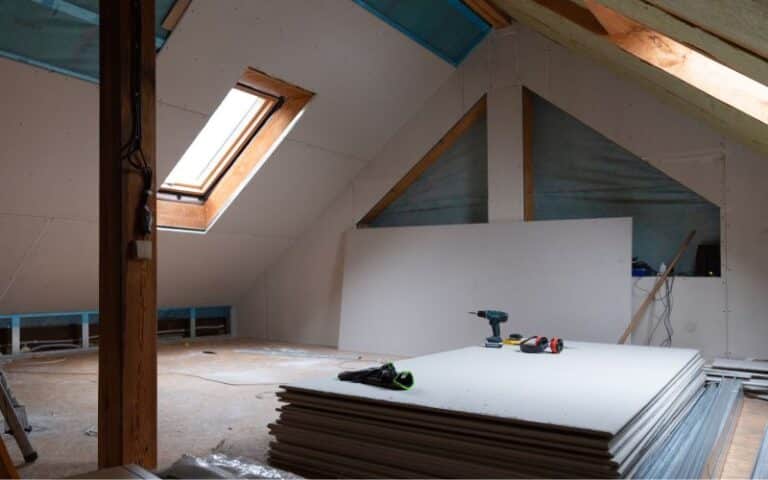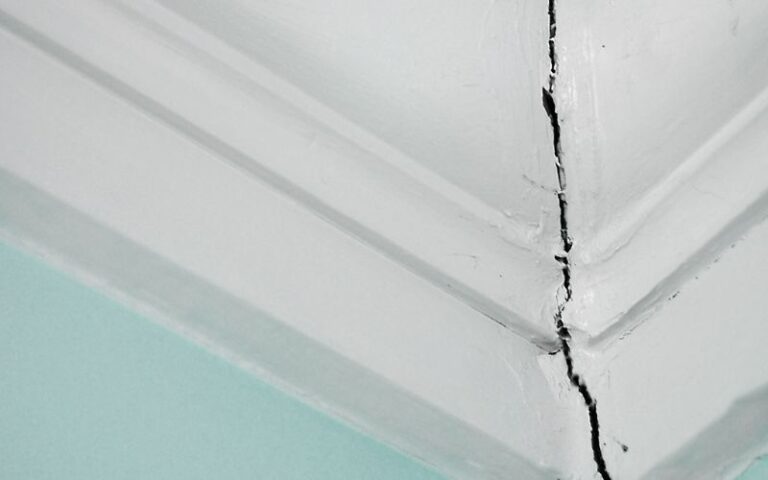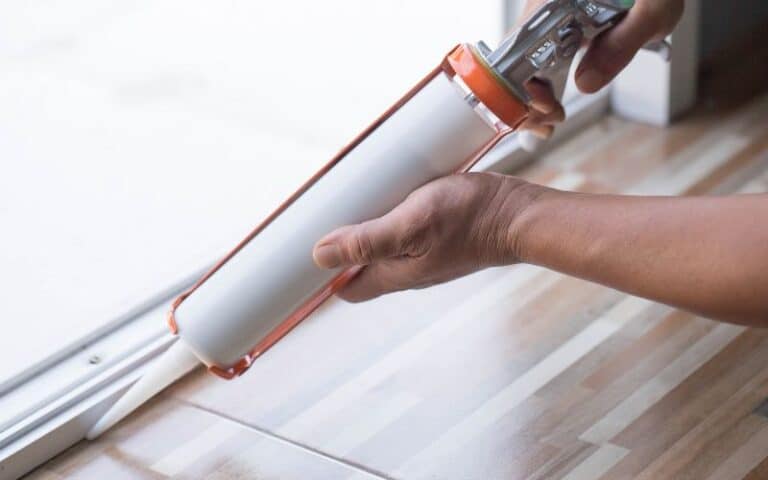When sanding wood floors, it’s essential to use the right sander that won’t cause any damage.
Moreover, Wall and Wood floor sanding jobs constitute a significant aspect that brings out a room’s beauty.
However, there are situations where you have only a drywall sander and want to sand your floor. Hence, you may wonder if you can use a drywall sander on your wood floor.
Yes, you can use a drywall sander on your wood floor, but it depends on the sander/sandpaper type. The ideal sandpaper is 36-grit sandpaper; use 24-16 grits sandpaper for a rough wood floor. And drywall sanders are lighter and easier to use than wood floor sanders like drum sanders.
In this article, I will explain how you can use a drywall sander on wood floors and what sanders are suitable for hardwood floors.
Lastly, you will know the best way to sand your hardwood floors.
Ready for a Drywall Quiz?
Can a Drywall Sander Be Used on Wood Floors?
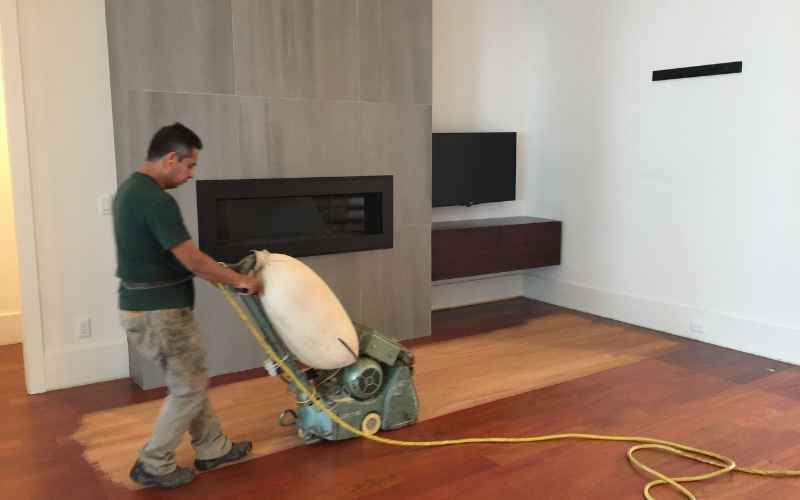
A drywall sander is suitable for sanding a wood floor with no complications if you do it correctly. Also, it depends on the sander you want and the sandpaper type.
For small floor areas, a smaller handheld drywall sander will do. But a larger area will require a giant sander.
A drywall sander is primarily for sanding walls, but sometimes they are suitable for sanding floors too. So It’s natural to think about using a drywall sander on your wood floor.
Besides, drywall and wood floor sanding jobs are close to each other. For example, during refinishing jobs, wall sanding is a part of the floor refinishing project.
But when sanding a wood floor with a drywall sander, ensure you do it carefully and gently to avoid damage.
However, floor sanders, on the other hand, are specifically for floor sanding alone. Also, because of their size and complexity, it’s usually not a tool to quickly find around the house.
So you can rent sanders from your local store for floor sanding. However, with a drywall sander, things are more accessible as they are perfect alternative floors.
When sanding and selecting a sander for your wood floors, in terms of sandpaper, the selection is essential. Go for ones with the finest grits for smooth sanding.
However, ideal sandpaper ranges from 40- grits sandpaper and above. It also depends on the type of wood floor and condition because some surfaces require rougher sandpaper.
What Kind of Sander Should I Use on Hardwood Floors?
The best sanders to use on your drywall sander are orbital sanders because they are reliable and effective.
Many types of Orbital sanders are available for purchase, and a good example is the Power-Flite Orbital floor machine.
On the other hand, a drum sander is generally ideal for any hardwood floor, but it is more complex than other sanders.
Aside from the sander, doing the job will determine how well the sander will work. Wood floor sanding requires you to put more effort and time into achieving an excellent result.
Although sanding is stressful and time-consuming, working slowly to avoid damaging the floor is essential.
However, there are many sanders options for hardwood floor sanding. Notwithstanding, it depends on the type of result you want.
Various types of wood floor sanders
- Orbital sander
- Drum sander
- Edger sander
- Vibrating sander
#1. Orbital Sanders
This sander gives you a smooth floor texture because of its design and working mechanism. Orbital sanders are smaller and have a circular sanding pad that moves in a circular pattern.
The sander floats on the floor surface and sands little grains and materials on the floor for a smooth result.
Also, using this sander will require more sandpaper, patience, and time, but still worth it.
The significant advantage of this sander over the other sander is that it allows for use on smaller corners.
#2. Drum Sanders
The drum sander is one heavy sander that requires more than one person to control.
However, its capable sandpaper belt that spins fast at high velocity enables it to sand a floor quickly in no time.
This sander also has an attached vacuum bag that sucks in excess dust and dirt from the sanding. As a result, the sander can perfectly remove stains and high spots.
Also, you should have technical knowledge before using it. Consequently, improper positioning will lead to extensive and permanent damage to the wood floor.
#3. Edger Sander
Edger sander is a portable handheld sander but big and heavy. It has a dust back like other sanders and an orbital sanding pad for efficient removal of material like the drum sander.
#4. Vibrating Sander
A vibrating sander is mainly best for finishing jobs, as they give the same result as the drum sander. It is almost the same size as a drum sander but lighter.
Instead of a rotating belt, it has a vibrating sanding pad with fast movement and more smoothing efficiency. And it will have less chance of causing damage to your floor.
All the sanders above are suitable for hardwood floor sanding; it depends on what you want.
What Can I Use a Drywall Sander For?
You can use Drywall sanders on wood surfaces, such as ceilings, floors, walls, and more.
And there are more reasons why the drywall sander is suitable for surfaces such as the wood floor.
However, let’s compare the drywall sander and hardwood sanders on the wood floors in the table below.
| Drywall Sanders | Hardwood Sanders |
|---|---|
| They are simple tools and lighter in weight. | They are most complicated in usability and are heavy. |
| They are suitable for efficiently removing stains. | They can remove more stains and irregularities faster. |
| They produce less dust during sanding | They produce a lot of dust during sanding. |
Using drywall sanders requires good sanding and avoiding scratches or marks on the floor.
Although using a handheld sander which is usually smaller in size, is only effective when sanding small areas.
In addition, it consumes more of your time, and you might lead to mistakes and damage.
What Is the Best Way to Sand Hardwood Floors?
Sanding a wood floor is a gradual process involving going through a surface repeatedly till it’s smooth. And using a finer grit paper after a previous one.
The best way to sand your hardwood or wood floors depends on patience. And have good sanding knowledge and an understanding of its basics.
When sanding hardwood, first, you should use a more rough/coarse grit sandpaper to sand the surface. And afterward, use finer grit sandpaper for smooth results.
So the best way to sand your hardwood floor requires you to follow specific steps, which include;
Step One: Wood Floor Preparations
This step involves knowing the type of floor you will be sanding. For instance, engineered wood floors are not suitable for sanding because of their nature.
Well, in this case, you are sure that it’s a hardwood floor, so sanding is possible. Also, if the hardwood is old, sanding it after multiple sandings might damage it.
Also, move everything off the floor before you attempt sanding. And vacuum or sweep the floor to get rid of dirt and debris. Make sure your floor is clean and make any necessary repairs too.
You should check around the floor for any irregularities, such as nails sticking out or any stuck items—nevertheless, it’s ideal to ensure that your floor is ready for sanding.
Equally important, since you’ll be doing the sanding job yourself, ensure your safety too. Jobs like sanding wood, especially hardwoods, can easily harm you.
Since it’s dusty and noisy work, wear a protective facemask, gloves, and goggles, and protect your ears. In addition, most hardwood dust can be toxic to the eyes.
Step 2: Choose a Suitable Sander For the Work
First of all, you need the correct type of sandpaper to use. For example, 36-grit sandpaper should work on a floor with more finishes.
While for a painted wood floor, you should use a tougher grit sandpaper of 24- grits. Most hardwood usually requires rough sandpaper for a start before using finer grit sandpaper.
Next is selecting the suitable sander for your hardwood. At the first sanding stage, you should use a drum sander or orbital sander, preferably before finishing off with an edger sander.
The first sanding stage involves using a drum sander with coarse grit sandpaper. So your goal is to remove finishes on the wood. Next, you can use an edger sander to work the edges.
And always sand with the grains and not against the grains. Sanding against the grain only causes scratches and chops off more wood.
The second sanding phase involves using an edge sander with finer grit sandpaper to work the finishes and scratches from the first phase.
You can use 60- grits sandpaper or finer sandpaper. And remember to change the sandpaper pads after prolonged usage and replace the belt for best results.
After the stage, you can use another finer grit sandpaper with your sander to give it a smoother appearance to your taste. And you can proceed to apply a finish at the end.


